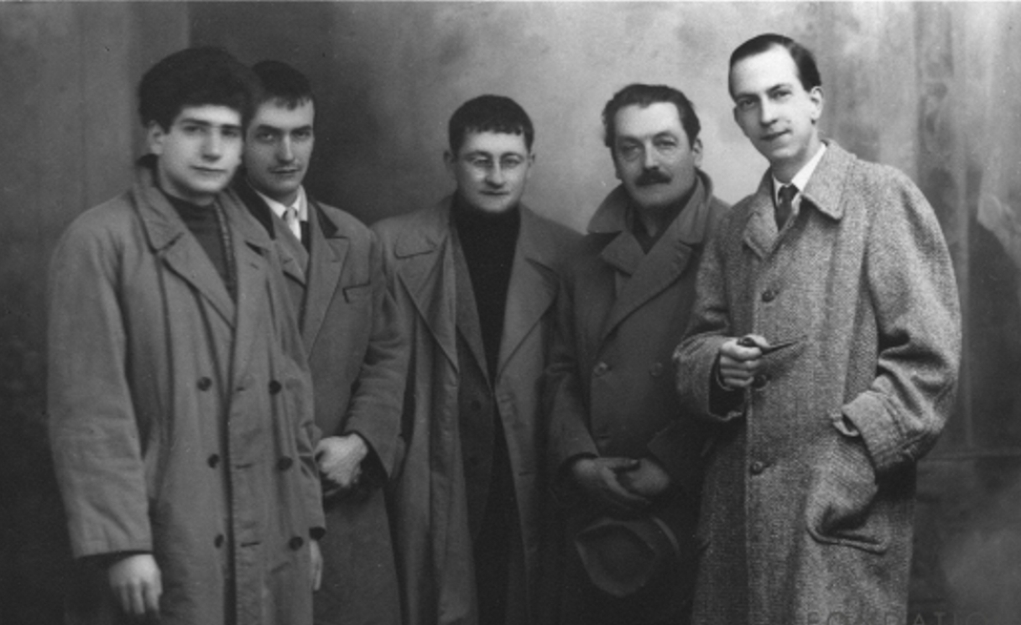Situationist International

Situationist International
Situationist International was a revolutionary collective active between 1957 and 1972, primarily in Europe. Comprising avant-garde artists, writers, and social critics, this group stood out for its profound impact on both culture and political thought. Its members, drawing inspiration from Marxism and avant-garde art movements like Dada and Surrealism, aimed to revolutionize society by transforming everyday life under capitalism.
At the core of Situationist International's ideology was the concept of the spectacle, a critique of how social relations and human experiences became mediated and diminished through images and commodities in capitalist societies. This group sought to counteract this alienation by creating 'situations' – moments or environments constructed to reawaken genuine desires and experiences. Their approach combined Marxist theory with new interpretations of alienation and commodity fetishism, emphasizing the pervasive social dysfunction within capitalist systems.
The artistic legacy of Situationist International is significant, with works like Giuseppe Pinot-Gallizio's 'Industrial Painting' and Asger Jorn's 'Le canard inquiétant' (The Disquieting Duckling) demonstrating their innovative approach to art. These works, often displayed in renowned galleries like the Tate, United Kingdom, exemplify the group's commitment to merging art with life and challenging traditional artistic norms.
Situationist International's influence peaked around 1967 and 1968, marked by the publication of seminal texts like Guy Debord's 'The Society of the Spectacle' and Raoul Vaneigem's 'The Revolution of Everyday Life'. These works, along with their other publications, played a pivotal role in shaping the ideas of the May 1968 insurrections in France. Their legacy continues to inspire artists, theorists, and activists seeking to challenge the status quo.
For collectors and experts in art and antiques, understanding the Situationist International opens a window into a unique period of artistic and political experimentation. Their works not only represent an important era in art history but also embody a radical critique of society that remains relevant today. For updates on new product sales and auction events related to Situationist International, sign up for our newsletter. Stay informed without any of the usual grandiosity – just the facts and opportunities you need.
| Country: | Europe, France, Germany, Italy, United Kingdom |
|---|---|
| Start of the period: | 1957 |
| End of the period: | 1972 |